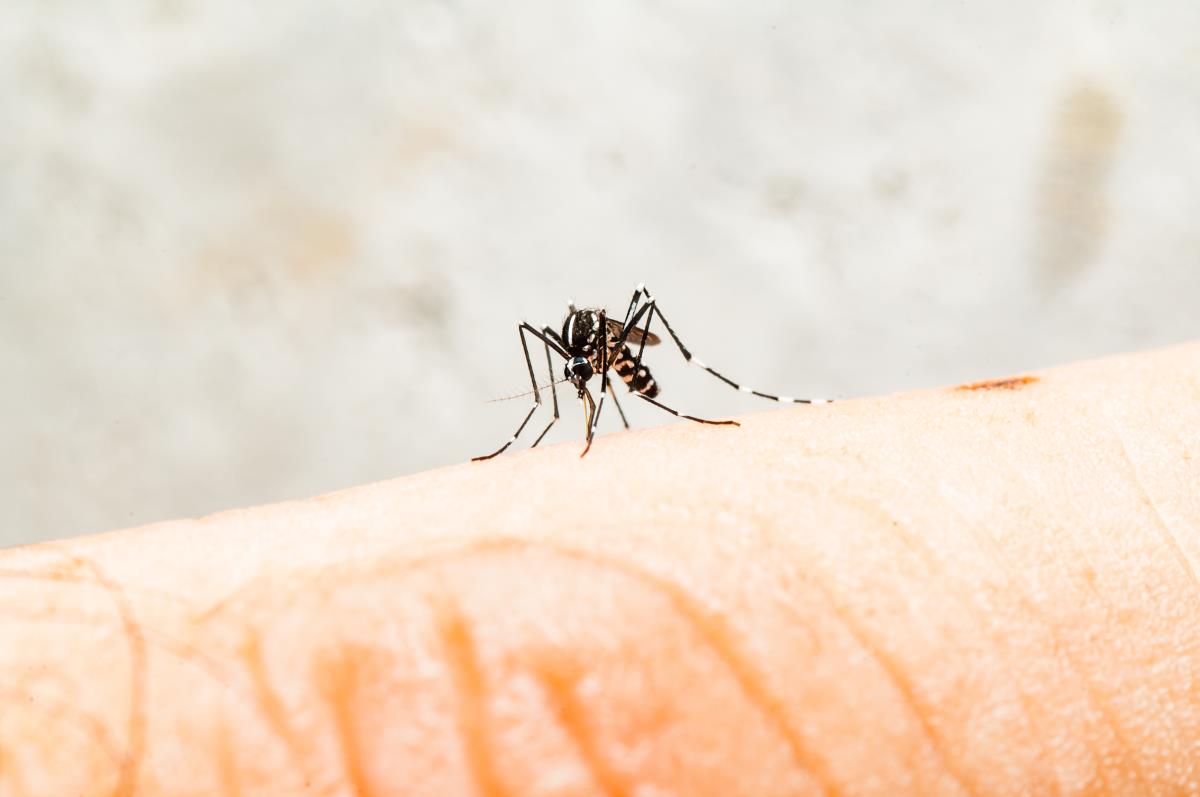
The researchers, who presented their study at the American Chemical Society’s Spring 2019 National Meeting & Exposition, compare it to how humans have been introducing foreign materials to plants for thousands of years.
“One example of this is flower dyeing,” says lead researchers Dr. Joseph Richardson. “You’d immerse a cut flower stem into some dye, and the dye would be taken up through the stem and penetrate into the flower petals, and then you'd see these beautiful colors.”
Using nanomaterials takes this into a more high-tech direction, with benefits that are more than just aesthetic.
Putting nanomaterials inside plants
Plants are readily able to absorb water and molecules dissolved in fluids thanks to their extensive vascular networks. That said, it's much harder for larger materials and nanoparticles, such as metal-organic frameworks (MOF), to penetrate a plant's roots.
With this in mind, Richardson and his colleagues at the University of Melbourne wondered if they could feed MOF precursors to the plants, which the latter would then convert into finished nanomaterials.
MOFs consist of metal ions or clusters linked to organic molecules. They form highly porous crystals that can sop up, store and release other molecules, similar to a sponge. Scientists have made thousands of different MOFs, with potential applications such as absorbing greenhouse gasses, storing hydrogen fuel and even delivering medications within the body.
According to the researchers, having plants make small amounts of these useful nanomaterials within their own tissues could give them new abilities not seen in nature. (Related: EPA announces new reporting rules on nano-sized particles manufactured in the United States.)
Giving plants the raw materials to build their own nanomaterials
To see whether plants could actually make MOFs, Richardson and his colleagues added metal salts and organic linkers to water before placing either cuttings or intact plants into the solution.
Here, they observed that the plants actually transported the MOF precursors into their tissues, where two different types of fluorescent MOF crystals grew.
To prove their concept, Richardson and the team demonstrated how MOF-producing lotus plant clippings were able to detect small concentrations of acetone in water through a decrease in the fluorescence of the nanomaterials.
Super-powered plants could help in airport security, space exploration
Based on this, Richardson has already theorized other practical applications for the MOF-producing plants. In one such scenario, he imagines MOF-plant hybrids being able to sense explosives or other volatile chemicals – something that could be useful for airport security.
Beyond having the plants produce MOFs, the researchers imagine using the finished materials as a coating on the plants themselves to help them convert harmful ultraviolet (UV) rays into light that's more useful for photosynthesis – an application that could be useful for growing plants in space.
“As we contemplate growing crops in space or on Mars where you don't have an atmosphere and are bombarded by UV rays, something like this could be helpful,” explained Richardson.
“That's because it not only protects the plants from the UV rays, but it also turns them into useful energy. Especially as you get farther away from the sun, it's harder to capture all of the light you'd need for photosynthesis.”
The team is already examining the protective properties of the nanomaterials, looking at the effects of UV light on plants coated with the nanomaterials compared to those without them. The results, so far, seem promising, with the coated plants showing less wilting than the uncoated ones.
For the next step, Richardson is teaming up with plant biologists to study whether the nanomaterials have any effects on plant growth. As part of this, they are looking to see whether the MOFs could be detrimental to plant growth or if they could help them grow better.
Follow FutureScienceNews.com for more on nanomaterials and their future applications.
Sources include:
Please contact us for more information.






















